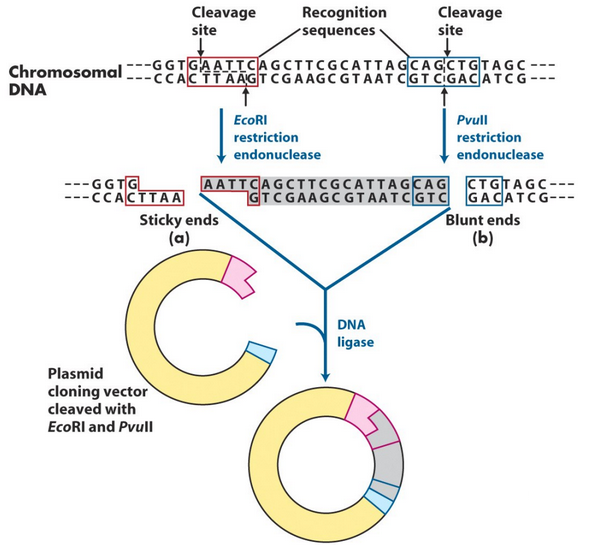7.1 Modifications of DNA
7.1.1 Non-enzymatic modifications
7.1.1.1 Deanimation
Figure 7.1: Deanimation in Action
Figure 7.1 presents several DNA bases undergoing deanimation.
While deanimation does not change the size or the shape of DNA by a significant amount, it can dramatically alter its hydrogen bonding potential, hence leading to the “misinterpretation” of the DNA sequence.
All nucleotide bases undergo spontaneous deanimation cells - if not repaired, this can lead to permanent mutations.
7.1.1.2 Depurination
Figure 7.2: Depurination in Action
When DNA is placed in an aqueous solution, it experiences a loss of bases.
On average, between 10000 and 100000 depurination sites are generated per day per cell in the human body. This is a result of chemical base modifications and the spontaneous cleavage of N-glycosidic bonds.5
7.1.1.3 Methylation (by chemicals)
Figure 7.3: Methylation of DNA
DNA can be also be modified by alkylating agents (see figure 7.3) - these agents can be highly cytotoxic and carcinogenic.
7.1.1.4 Radiation Damage
Figure 7.4: Formation of a Kink and a Thymine Dimer
When DNA is exposed to UV light, a thymine dimer is induced (see figure 7.4). This results in a “kink” in the structure of DNA.
7.1.2 Enzymatic Modifications of DNA
7.1.2.1 Methylation
Figure 7.5: Methylated DNA
DNA can be methylated (see 7.5) by DNA methyltransferases.
About 5% of all mammalian genes are CG-methylated; methylation also helps to regulate gene expression.
7.1.2.2 Restriction endonucleases

Figure 7.6: Restriction Digest of DNA
Various restriction endonucleases (see 7.6) are capable of cleaving specific sequences of DNA.
This can equate to roughly one repair operation every second per cell!↩︎